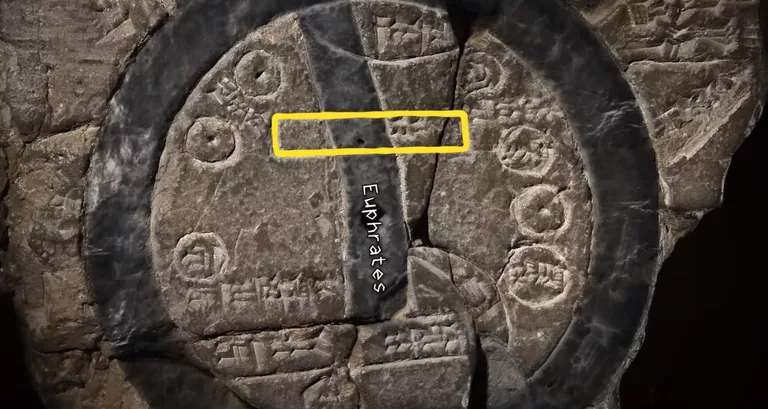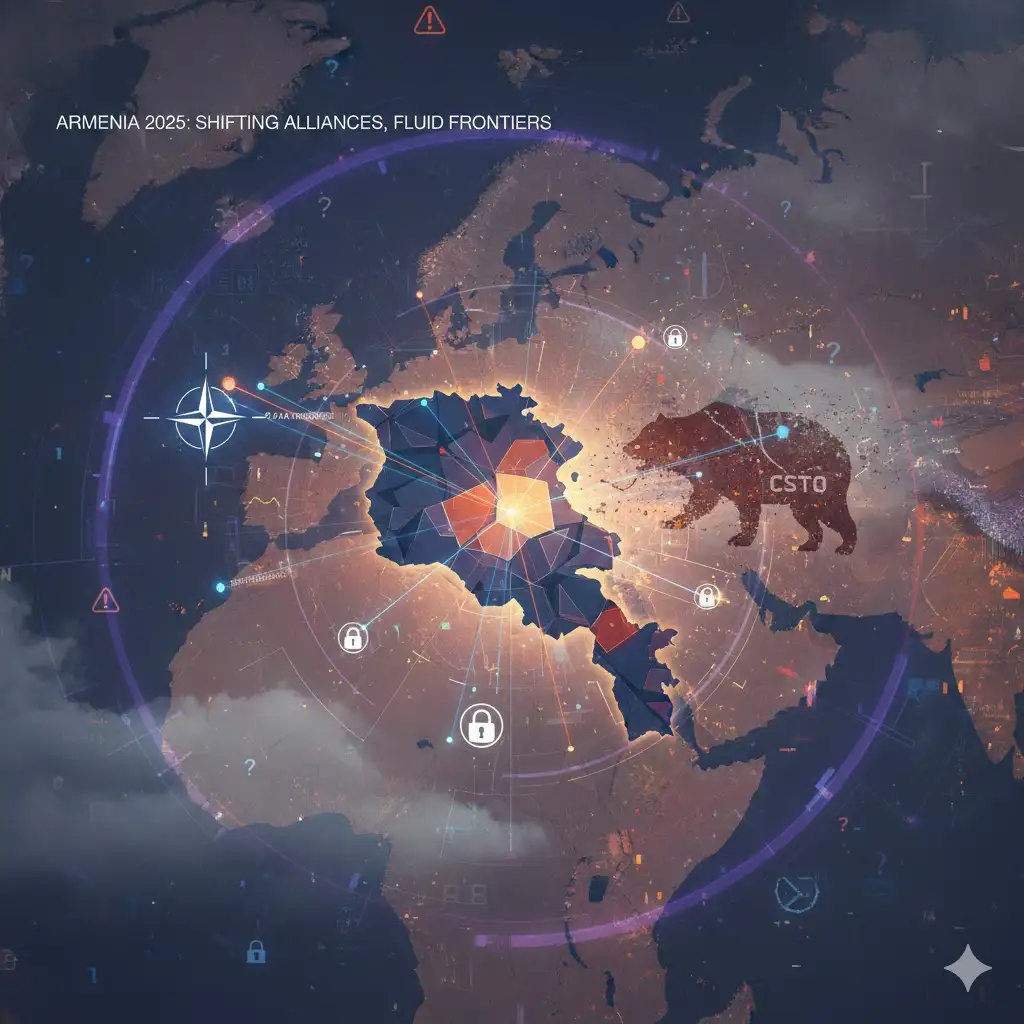Researchers are close to solving the mystery of the location of Noah's Ark. Centuries of searching have been crowned with success, and it seems that irrefutable evidence has finally been found.
A small "Imago Mundi" sign haunted the British Museum staff for many years. It was found near Abu Habbah (Sippar) as early as 1882 and dated to approximately the 6th century AD.
The strange images—circles, lines, triangles—were accompanied by cuneiform writing that could not yet be deciphered.
Later, geometric figures were found to represent geographical objects: seas, rivers, mountains, and cities. More precisely, there was only one settlement, Babylon, the center of the ancient inhabitants of Mesopotamia.
The Imago Mundi appears in another text, the Babylonian flood legend, which is consistent with the biblical story of Noah: "God sent down an endless rain on Earth, which destroyed all humanity except one Utnapishtim and his family. He built a giant ship that eventually landed on Mount Urartu. The state of the same name existed in the territory of modern Armenia, Eastern Turkey, and Northwestern Iran in the 13th-6th centuries AD.
If the British Museum map is not lying, scientists have the oldest and most accurate route to the location of one of the most significant relics, Noah's Ark. And that should be sought in Iran. Scientists have concluded that one should look for the Throne on Mount Soleimani.




















